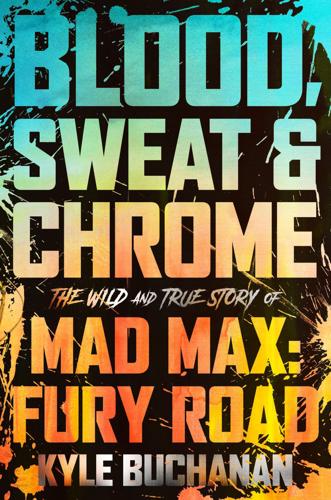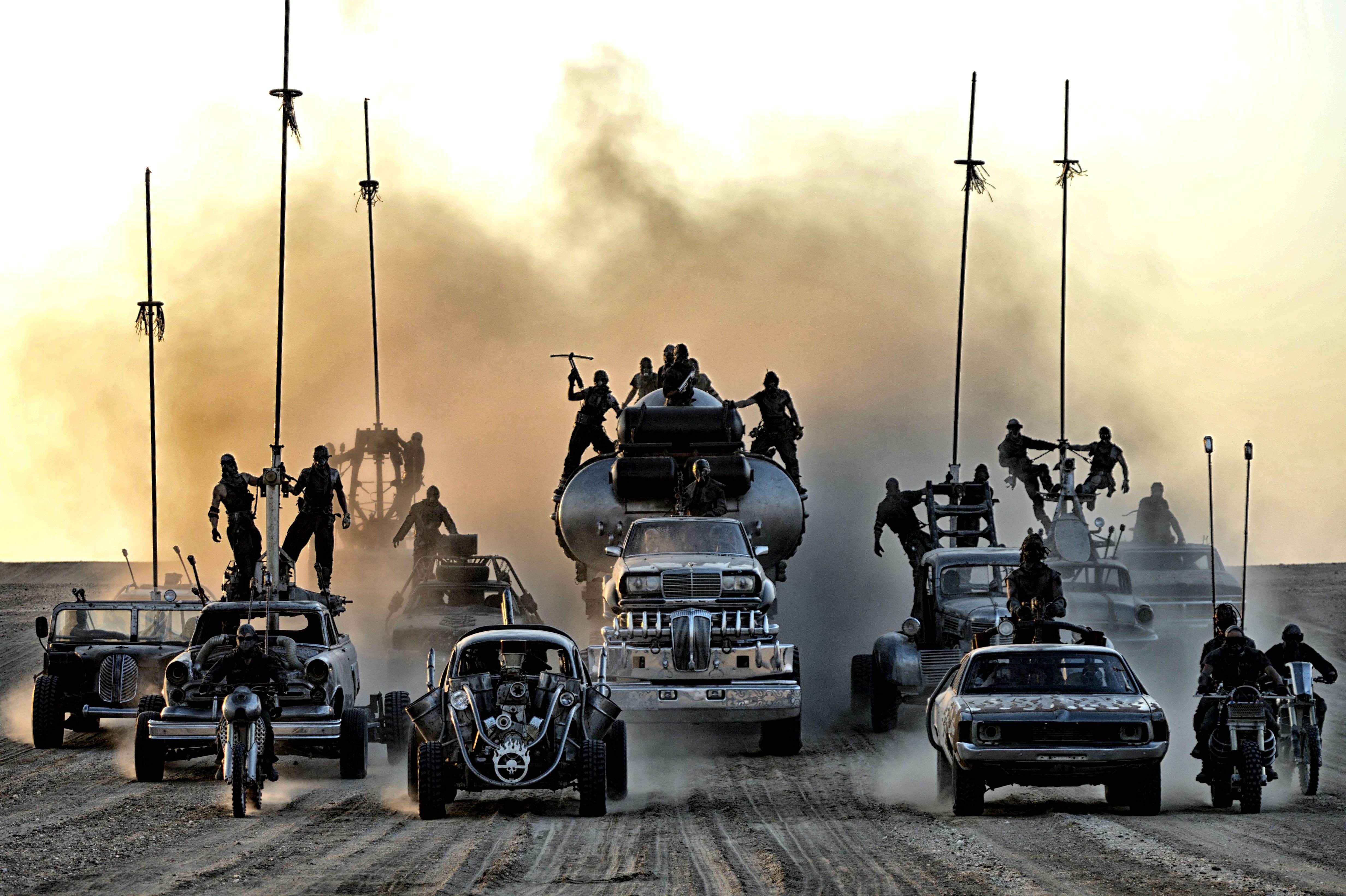 By KYLE BUCHANAN (Morrow; 2022)
By KYLE BUCHANAN (Morrow; 2022)
2015’s MAD MAX: FURY ROAD was and remains one of the most unlikely blockbusters of our time, a $200 million action movie with auteurist leanings that continued a franchise whose previous entry arrived thirty years earlier. FURY ROAD’S filming, which took place in South Africa after a decade’s worth of false starts, was legendarily fraught, and the subject of a widely shared NEW YORK TIMES article by Kyle Buchanan, which took the form of an oral history of the film’s production. This book is a 362-page outgrowth of that article, providing a through recounting of all things FURY ROAD related. Is it worth reading? If you have any interest whatsoever in the flick, the answer is a resounding yes.
FURY ROAD’S filming, which took place in South Africa after a decade’s worth of false starts, was legendarily fraught, and the subject of a widely shared New York Times article by Kyle Buchanan…
Among the voices heard from in these pages are the film’s co-writer and director George Miller, his producing partner Doug Mitchell, his editor wife Margaret Sixel and the film’s stars Tom Hardy and Charlize Theron. Critics Justin Chang and Drew McWeeny, SHAUN OF THE DEAD director Edgar Wright, comedian Patton Oswalt and others are on hand to provide third party commentary, while Buchanan himself frequently interjects pertinent info not covered by his subjects.
“a MAD MAX movie that was one long chase.”
We’re taken through the film’s thirty year inception, starting in the early 1990s, when Miller conceived “a MAD MAX movie that was one long chase.” He got together with several writers and a storyboard artist to sketch out the characters and plot points, and production on the film, with Mel Gibson in the title role, was set to commence in 2003. But Warner Bros., concerned by the ballooning budget, pulled the plug, resulting in a regrouping by Miller and co., with Tom Hardy selected to replace Gibson (who, for reasons I’m sure we all know, had become toxic).
Filming finally got underway in 2012, in the deserts of Namibia, South Africa. The shoot was a nightmare for everyone involved, beset by crime-ridden locations, the notoriously tempestuous Hardy’s consistently unpredictable behavior (with Theron claiming she “didn’t feel safe” around him), the fact that Miller utilized storyboards in place of a screenplay (something the actors found “a little problematic”), and uncomprehending studio executives, whose relationship with Miller was strained from the start. Yet the man persevered, turning in a film that was released to ecstatic reviews and box office that was strong (if not spectacular). It also made a surprisingly robust showing at the 2016 Academy Awards ceremony.
… $200 million action movie with auteurist leanings that continued a franchise whose previous entry arrived thirty years earlier.

That Kyle Buchanan is an awards season reporter is evident in the outsized importance he places on FURY ROAD’S Oscar night showing. Every award it won (six in all) is picked over at great length, despite Miller’s insistence that “glittering prizes can give you gratification. But the real thing is to see what the story means to people.” A good attitude to have, as he lost out on the Best Director statuette.

The book concludes with the participants’ summations of the film, which if you ask me are a bit overwrought; critic Manohla Dargis calls it “my new WIZARD OF OZ,” while VANITY FAIR pundit Richard Lawson dubs it “the best movie of the decade” and Oswalt proclaims it “the best action movie ever made.” There’s also info about Miller’s upcoming prequel FURIOSA, to be released in 2024 with Anya Taylor-Joy in the lead, that promises “an epic evolution of the MAD MAX movies.” Perhaps we’ll once again get a book about its filming, and if that prospective publication matches this one it will be a very good book indeed.
